Why we ran it: To discover the similarities and differences between this plug-in hybrid Vauxhall Astra and the 1.2-litre three-pot petrol
Month 6 - Month 5 - Month 4 - Month 3 - Month 2 - Month 1 - Specs

Life with a Vauxhall Astra: Month 6
Did the plug-in hybrid get under our skin and restore belief in C-segment saloons?
It's the Vauxhall Astra Ultimate PHEV’s urgent body colour – called Electric Yellow – that I’ll miss most, but that comment is certainly not meant to denigrate a car I have enjoyed, will remember fondly and have happily used to amass 10,000 miles.
Apart from an embarrassing incident when, through inattention, I lunched two of its wheels and tyres by inadvertently running them hard against a kerb, the Astra has proved to be entirely reliable, impressively frugal and – without fail – fun to be in.
Yet my first yellow car in half a century has taught me interesting lessons about the power of colour: bright paint is so great for making your car look interesting that you’re more inclined to keep it clean, and it also gives you a huge practical advantage when you’ve parked your car among thousands of others, say at Goodwood.
This was my second Astra in a row, and the choice was made very deliberately. The first car was powered by a zingy 1.2-litre three-pot engine, which made it a decent and sporty-sounding performer through most of the performance envelope when allied with a six-speed manual gearbox.
The idea of the second Astra was to compare petrol with plug-in hybrid – on the grounds of efficiency and practicality – because much about the PHEV was different: more weight (1678kg against 1266kg), more cylinders from a bigger engine and an on-board electric motor assisting the 1.6-litre (and recuperating energy).
It was fascinating to discover, therefore, that these two diverse Astra models should congregate so closely in the same space. The first one struck me as a sweet and uncompromised vehicle, a great reason why a declining market sector (C-segment saloons) doesn’t deserve its demise. By comparison, I was pretty sure that the PHEV, around £8000 more expensive, would feel heavier and coarser.
Except it wasn’t nearly so simple. Without running the cars literally toe to toe, it wasn’t even possible to say which was best. They seemed that close. Of course, the PHEV had the better step-off performance, especially given the presence of electric assistance that more than offsets its extra weight. The cars seemed to ride about the same, with good body control supported by well-chosen damping. Both had crisp and positive steering with impressive turn-in.
Both also had that quality I’ve discussed before: they felt to have been well-developed. In the first couple of years when Stellantis was migrating newly acquired cars onto new platforms, some of its cars felt half-finished – but not the new Astra. These cars felt tough and capable – I missed their utility when away on other duties – and as if they were going to live long lives, another owner-pleasing attribute.
The economy story was interesting: if you discounted the couple of quid’s worth of electricity I flowed into the PHEV’s little battery every 100 to 200 miles, they both returned around 55mpg in normal motoring and thus had similarly decent touring ranges knocking on 400 miles. But only after doing some fag-packet calcs did I discover that the PHEV’s real (notional) figure was closer to 42-44mpg, 10mpg worse than the 1.2 – a bit of a shock.
What faults? The 1.2 wasn’t fast off the mark, owing to a lack of low-end torque, which was just where its sibling was strong. The PHEV couldn’t offer either the fun of a pretty good six-speed manual gearchange, or the entertaining zing of the three-pot engine three parts of the way up the rev range. The cheaper car can crawl with the best of them, but it throws you a bit of a challenge if you want to go quickly. The PHEV feels long-legged and smooth, but there’s less to do and (depending on your temperament) that’s not all good news.
I’ve got a fairly good history of accepting cars’ foibles; I hope they will always have them, actually. But in neither car did I get on well with the Astra’s highly configurable instrument pack. It took me several weeks to find the PHEV’s tachometer, and what popped up was a rather unimpressive and hard-to-read gauge.
This looks like differentness for differentness’s sake, and it didn’t work for me. If I were a Vauxhall bigwig I’d change it, and fast. But nothing else about the cars got me nearly so exercised. Not even the ridiculous lane keeping assistance system, which needs three separate operations to disable.
In five years, sales of C-segment cars in Europe have collapsed from 2.6 million to 1.4 million, and the rot is unlikely to stop there. Yet the Astra proved big enough to repeatedly and comfortably tote four members of my family, and carry their luggage.
My experience with new Astras makes me think that, for many, the SUV thing may have gone too far. This latest and (still) best-selling Vauxhall strikes me as a car of near ideal space and capability. Long may it prosper.
Second Opinion
The Astra is a seriously capable car that left a lasting impression after my brief stint with it. It’s comfortable, it’s great to commute in and it has a brilliant low-slung driving position. For this price, it’s a bargain. I just wish the EV range was higher.
Will Rimell
Love it:
Great styling Despite its ubiquity, people admire the Astra’s low, sporty shape and stance. Yellow paint is a bonus.
Plenty of poke Strong electrically assisted step-off and a healthy 1.6 engine combined to give the Astra great acceleration.
Rear space Rear seats were okay for two big rear passengers on a 100-mile trip, unlike in most C-segment cars.
Loathe it:
Lane-keeping assist I hate having to go through several operations to turn it off. Just give us one switch, please.
Poor electric range The brochure promises 42 miles of electric range, but I never got near that. It was usually under 30 miles.
Final mileage: 13,997
Life with a Vauxhall Astra: Month 5
EV range finally tops 30 miles - but it's still not close to the advertised figure - 31 May
At last, the electric-only range of the Astra plug-in hybrid has cleared 30 miles, although still well short of the promised 40-odd. I don’t think we’ll ever see the true WLTP figure, but the car can make very worthwhile all-electric trips. The combination of engine and motor is enough to cause strong wheelspin from the start, the PHEV having torque to burn.
Cropley's new charger gets a run out - 17 May
This lucky Astra plug-in hybrid is the first recipient of a ‘tickle’ from my ultra-stylish new 7kW Andersen home charger, installed this week in the correct place on the outside of my shed, rather than inside, like its inconvenient-to-use predecessor. I would advise anyone having a home charger installed to think well before committing to its location. Astra and driver are now both happy
Mileage: 11,249
EV range is falling short - 5 May
Now that the weather is improving, the Astra’s offered electric-only range has grown from 22 to 27 or 28 miles. That’s still a dozen short of the WLTP promise but still handy and good enough to sell me anew on the PHEV ethos. For habitual short- haul users, they’re as clean as EVs but with insurance against holiday range anxiety built in.
Mileage: 9962
Life with a Vauxhall Astra: Month 4
The Astra's visibility isn't the best - 19 April
Returning to the Astra after a stint in another car is always an interesting test. This time, I’ve instantly enjoyed the meaty steering and firm but flat ride, but I’m noticing the thickness of its A-pillars in a way I hadn’t before. You need to carefully look around those tree trunks. Early on, I wasn’t thorough enough and nearly did a mischief at a familiar junction.
Mileage: 8451
After some clues from Vauxhall, our Easter egg hunt ends in triumph - 5 April
Eureka moment: at last I’ve found the Astra PHEV’s tachometer in the plethora of instrument layout options on its driver’s screen. It’s a modest enough harbinger of information: an anonymous-looking ribbon graph, only identifiable as a tacho because the engine’s crank speed is shown in figures just above it.
I went looking for RPM in the Astra’s enigmatic array again after receiving a mild-mannered rap on the fingers from Vauxhall’s man when I recently wrote that the car didn’t have a tacho. I was wrong and am much happier to have one, even if the whole instrument layout lacks the warmth and eye appeal that designers have traditionally used to inspire owners. Still, I think this at last completes my understanding of the Astra’s information systems: I can understand and navigate both screens and the head-up display.
Overall, the Astra continues to give a good account of itself. In my kind of ownership (mostly out-of-town trips of 100-200 miles, then a full charge), the MPG has settled down at 57-60 – broadly 10 better than if you drive the car to utilise its hybrid system’s energy harvesting properties without plugging it in. The consumption was lower at first, because the car was running in (it has been with me since 142 miles).
I’ve come to fully appreciate its powertrain, which starts with electric-only smoothness and range (this has grown from a dead-of-winter 23 miles to more like 28-30 but never gets anywhere near the official 42); the strong step-off when it combines engine and motor for a quick departure; and the engine’s quietness when the battery is flat. It makes a good case for PHEVs.
When Stellantis started to combine its ex-PSA Group bits with its ex-General Motors bits, Vauxhall cars went through a brief phase of feeling underdeveloped and rushed to market – because they were. But this Astra has a maturity about it that reminds me at times of BMW – whose car of this size and capability would be bound to cost £10,000 more.
Lots of people admire the Astra’s sporty shape (undoubtedly emphasised by its black-and-yellow paint job), but I get most pleasure when they sample its steering and ride. These things set it apart from any previous Astra I’ve driven.
Love it
Great build quality
Neat panel fit, no rattles and no problems with materials quality. You definitely get what you pay for
Loathe it
Cold and complex
Decoding the digital instrument functions has been difficult and the layout is pretty soulless. I would prefer something more inviting.
Mileage: 7960
Life with a Vauxhall Astra: Month 3
Luckily, no leakage issues - 18 March
The Astra plug-in hybrid isn’t alone in this, but it always worries me that its on-board charging port points more or less to the sky. Raindrops fall unimpeded onto the (happily watertight) connector and water gathers in the bottom of a surrounding seal. I can’t help thinking that a better-protected socket would make sense.
Mileage: 7772
We’ve made a right mess of our PHEV that not even a deep clean can put right - 1 March
It was entirely my own fault. I was driving the Astra well inside the speed limit along a semi-rural road with a low kerb close to the edge of the Tarmac. Instead of watching the road, I reached across to the central screen to select a map or change the radio station (can’t remember which).
The inattention caused me to miss a gentle but vital kink and sideswipe the kerb, enough to scuff both nearside alloy wheels and scar the tyre sidewalls. Instantly I felt the flood of guilt that goes with doing needless damage to a car, together with the feeling that in today’s alloy-wheel age you can do lots of damage with little effort.
The impact had seemed severe, and I feared the worst as I stopped for an inspection. It wasn’t pretty, either, but at least the rims were scraped rather than cracked or buckled. Both tyres had a chunk removed from the protective rubber buffer that Michelin moulds into its Primacy 4 tyre walls just above the wheel rim. They clearly did their job. As I drove on, the car steered straight, hands off, so I felt okay about driving home.

The next day, I confessed to Vauxhall, volunteering to back my contrition with plastic, but their fleet people did what they could to assuage my stupidity. “Happens every day” etc. The car was still safe, they said, so after the early-morning fitment of new hoops at Stellantis’s big fleet base outside Coventry, I drove to my next appointment – with care and attention. I had bitterly estimated a retail cost of £900 to put things right, but they wouldn’t take my money. There’s no mechanism when we own the car anyway, they said. I protested but, in the end, not very hard.
The feeling of stupidity was worst. It’s a long time since I’ve done such a thing, and you can bet I’ll be more careful in future. Some will say the seductions of a modern car’s central screen can promote such happenings, but there’s really no avoiding rule number one of driving: watch the road.
Away from all this, the Astra has been doing really well. The easy thrust of engine and motor makes it a fundamentally effortless car, and the low seating and well-damped suspension mean it corners neatly and grips well. I’ve learned to ignore Sport mode, except on special occasions, mostly for the effect it has on braking. Whereas the Hybrid mode (with ‘B’ for stronger engine braking selected on the transmission display) allows strong, predictable braking, in Sport under brakes the transmission changes down through its eight speeds in the background, making the level of retardation less uneven and less intuitive.

As discussed in my last report, arriving at an expected average fuel consumption in plug-in hybrids is problematic, because it depends on two big variables – how often you charge it and how long your journey is. I seem to do journeys of either 100 miles and charge, or 200 miles and charge. The former nets petrol consumption in the 54- 56mpg range, but you should also factor in 12kWh of our household power, which adds around £3.50 (or the price of two litres of fuel) into the journey cost. So my total fuel mileage is somewhat less impressive – more like 45-47mpg.
Criticise me if you will, but I’ve only just become concerned about this following the urging of a clearer-minded reader than me, Philip Dickinson, and will attempt in future to put more accurate calculations together. It’s just a few months since the electric power fed into cars, especially small-battery plug-in hybrids, felt inconsequential. But that’s not the case now. Is there anyone out there running a PHEV who can show us their better-founded calculations?
The mileage is mounting and my time with this petrol-electric Astra is now well past halfway – a matter of regret. As you might remember, I ran a 1.2-litre petrol triple previously, another car I thoroughly enjoyed. Together, they feel like good and sophisticated machines, and you can somehow feel they are founded on the latest Stellantis running gear. Their look and feel make me believe that Vauxhall deserves to prosper.
Like
Great chassis
The steering and damping are especially excellent in this well-rounded car. It’s easy to drive briskly and neatly, which suits the Astra’s business-oriented persona
Loathe
No tacho
I know it’s not strictly necessary in the old sense, but there’s still something in me that needs to know how fast an engine’s turning. There’s no clue on the dashboard.
Mileage: 6898
Life with a Vauxhall Astra: Month 2
Its real-world range is a quarter of the official figure – and that’s pretty good going - 15 February
It’s odd how long it has taken me to find the correct answer to the essential question that springs from running a plug-in hybrid: what’s the fuel consumption really like?
The difficulty results from the fact that, if you want to be literal about it, there are multiple answers – all incorrect. For short hauls, the consumption can be zero. And if you’re talking WLTP, the official figure is also magnificently daft. For this 178bhp 1.6-litre Astra, it’s 256mpg. See what I mean?
At last, however, I’ve done enough miles over a big enough variety of journeys to have found the answer. And it’s good news. If you start with the Astra fully charged, then take it on a typical 220-mile British round trip, mixing city and town driving with some 70mph motorway stints and the occasional enjoyable back-roads thrash, you will achieve 62-64mpg at the end.
Double the distance without charging and your mileage will have fallen to the mid-50s, little different from what I was getting from the 1.2-litre three-cylinder turbo petrol Astra that I ran before this one.
The message is that in some conditions you can spectacularly beat the figures offered by an efficient petrol car, but over long distances you won’t. Thus, whether or not as a private buyer you choose PHEV or conventional – the price difference is £7000 to £10,000 – is more about principle than money-saving. If it’s a company purchase, the benefit-in-kind tax savings on PHEVs (8% versus 29%) are a no-brainer.
One property has become pleasantly clear: there’s no reduction in driving enjoyment if you choose the PHEV. In the first 1000 miles, knowing my new Astra had a relatively complex driving system, I was always straining my ears to hear what was going on. But the system’s various components are so well integrated that you might as well give up. In any case, you can hardly hear the powertrain above the wind and road noise – not that either is excessive. It’s wisest simply to abandon yourself to the easy availability of creamy power.
The Astra PHEV isn’t hugely quick, though the 0-60mph time of 7.7sec certainly makes it brisk. The big appeal is the easy and precise availability of thrust at all speeds. There’s a more effortless response out of bends than if this car had merely been powered by a 178bhp ICE engine: these days, pure petrol-burners need an extra instant or two to respond, so as not to chuck out too many pollutants. In the PHEV, if you decide to overtake someone, the car responds as quickly as your foot can move.
Talking modern gadgetry, two more Astra properties come to notice, one good and one bad. Bad first: the mandatory lane assistance system. It’s more intrusive than many, and even with a shortcut set up on the central screen, it takes a four-stage operation (find, press, confirm, return) to kill it. And you must do that whenever you drive. I can’t tell you how infuriating it is to have some phantom know-all in the steering rack trying to stop you steering around potholes that might otherwise damage your wheels and tyres.
On the other hand, the adaptive LED headlights are superb. They show more of the road (and verges) more of the time, without annoying opposed traffic. The system must already have prevented dozens of injuries and hundreds of bent wheels and fenders. It’s a pricey option if not included as standard (ours is) but worth it.
In sum, the Astra has been performing extremely well. The PHEV is low, sporty, comfortable, economical and effortless. And I always look forward to driving it, which is the biggest plus point of all.
Like it
Snappy styling
Our Astra feels satisfyingly low and sporty, which is how it handles. Car lovers see echoes of the revered Opel Manta, too, which is a positive.
Loathe it
Lane-keeping assistance
Sure, this is a mandated item, but rival car makers do it a lot better – both from the switching on and the performance. Needs fixing.
MIleage: 5777
Plug-in range is off the mark - 8 February
I’ve not yet approached the 42-mile battery range claimed in the specs, but I’ve only driven the car in cold weather. The instruments promise 21-23 miles at this time of year, but it delivers closer to 30, which is reasonable and enough for short- haul, home-charge drivers to use no fuel at all. Overall economy (with lots of long-distance cruising) is 56mpg, which is pretty good. Fundamentally happy with this car. It suits me.
Mileage: 5349
Life with a Vauxhall Astra: Month 1
Benefits arise from the low-rise body and the fine plug-in hybrid powertrain - 25 January
One of the nicest things about both Vauxhall Astras I’ve run (a 1.2-litre turbo petrol triple and today’s 1.6-litre plug-in hybrid) is the low-set seating. It makes such a nice change to sit securely down among the wheels instead of being elevated by today’s usual drivers of seat height: an SUV body or a big battery underneath.
This lowness makes the Astra feel distinctly sporty, and if I’m not mistaken, it also helps reduce the car’s frontal area, which is important in cutting aerodynamic drag. In an average public car park, the Astra’s roof is lower than most – just another reason why it’s handy for my 1.6 PHEV Ultimate to have Electric Yellow flanks: I can spot it easily among the grey hordes.
The Ultimate’s driving position is especially nice, what with its grippy Alcantara seat trim and the sporty shape of the buckets.
These two things encourage you to use the performance, of which it has plenty. The combined power of the 1.6-litre petrol engine and the assisting electric motor runs to 178bhp, a thoroughly decent total, despite the car’s generous weight of 1678kg.
The performance is about more than that stopwatch time, however. The motor delivers generous torque from the ground floor, so the step-off from a standstill is even brisker than the claimed 0-62mph of 7.7sec promises. And it’s very clean: there’s no time lost while the clutch engages or the petrol engine ingests.
The combination of this low-speed power and the high-geared smoothness of the ZF automatic gearbox gives this Astra a truly fine powertrain. If you have time, amuse yourself trying to feel the gearchanges; it won’t be easy.
I do have complaints. Finding the digital dial screen’s full capabilities still defeats me. Every night, I get out of the car promising myself to learn it tomorrow, but somehow I’m too busy. Knowing a car can do more for you saps your enjoyment.
However, the big Astra advantage for me remains its sheer dynamic competence: the ideal steering, powerful brakes and, above all, the flat, firm ride.
As I say, it’s always a pleasure to get back into this car. In fact, I’m already eyeing the ‘give it back’ day with a good deal of foreboding. Maybe they will forget…
Like it
The body package
It looks funky and it affords a low and sporty driving position, which I relish.
Loathe it
Digital dial display
It’s probably fine for those who can figure it out, but I’m not among them.
Mileage: 3638
Screens are proving useful - 18 January
I’m still not entirely on terms with the extent of the Astra’s screen functions, even though it has built-in tutorials for Luddites. But the bits I use I like, and it tells me everything I need. The traditionalist in me misses a tachometer, but it wouldn’t make any difference to the way I drive this eight-speed hybrid. Whenever I drive it, I enjoy it, which is a big plus.
Mileage: 3643
Welcoming the Astra to the fleet - 11 January 2023
Not sure why this is, but I’ve always had a soft spot for Vauxhall. Perhaps this is connected with the fact that reaching my London roost involves frequent trips across Vauxhall Bridge, close to where the venerable marque had its beginnings in 1903.
Whatever, I’ve always liked the workaday image of the cars, which have stayed successful and competent all these years without help from premium pricing (which maintains the health of some marques whose cars are no better). In recent years, I’ve approved of its ‘world’s only German-British marque’ mantra, which has seemed appropriate to the modern range.
Things have changed, of course. Having been long associated with General Motors, Vauxhall and its German associate, Opel, have been acquired by Stellantis, a move that has required their long-time staple product, the Astra, to adopt this mammoth group’s EMP2 platform, most prominently shared with the Peugeot 308 but by Citroën and DS models as well. That means the powertrains and running gear are all new, too.
This makes running a new-generation Astra especially interesting and the most interesting of all is the 1.6-litre PHEV model. We were keen to try such a car, but production schedules meant the mid-spec (and likely very popular) GS Line model was the first available, powered by Stellantis’s 129bhp 1.2-litre turbo three-pot. We resolved that I’d run one of these for a while, timing my move into the 1.6 PHEV model with the availability of Vauxhall’s long-serving design director, Mark Adams, whose key job has been to ensure this new car continues to have the soul of a Vauxhall- Opel, while progressing in all the directions an all-new car should take. We decided to meet at Caffeine & Machine, the buzzing hub for car enthusiasts just off the Fosse Way at Ettington, south of Coventry, and had both cars along for the ride.
Adams is one of those industry leaders who’s both approachable and an expert explainer. He made it crystal clear that Vauxhall’s positioning would need to be carefully restated because there were now more family marques in the Stellantis group, and the plan was to position Vauxhall at the same place in the spectrum as Peugeot (at the quality end of mainstream) while ensuring that there was no visual conflict and that buyers would see those two marques as entirely distinct.
We did the classic Adams walk-around, during which he pointed out how familiarly Vauxhall design features – such as the Vizor grille and lights treatment, the central ridge of the bonnet, the strong rear haunches and the flared wheel arches – all strongly maintained the Vauxhall look but had all been “progressed” to make the point about modernity. In my time with the 1.2 GS Line, I’d already checked the effectiveness of the car’s looks with friends and family members and established that they were content that these cars were very much fresh-faced new Vauxhalls.
This aligns with my own views. I’m especially impressed with both cars’ low seating position and sporty stance. Also the ‘detox’ principles of the simplified but inviting interior design. These are unashamed hatchbacks (offering the benefits of lower weight and lower frontal area) in an era when most designers are keen to blur the barriers between hatches and SUVs.
I also approve of Vauxhall’s willingness to build colourful cars – the Electric Yellow of the Ultimate PHEV is a definite improvement on the Vulcan Grey of the 1.2 GS Line – and combining bright body colours adds another level of distinction. The only issue (as I’m finding) is that keeping a colourful car looking good in winter can be quite a chore.
I’ve been surprised by the driving similarities between the 1.2 and 1.6 PHEV. Their steering, braking, ride qualities and handling balance are pretty similar. The steering is quick and heavier than many. The ride is firm but very well-damped (and I’ve yet to notice a weight drawback in the PHEV, although the difference is a whopping 412kg). Both roll a bit on corners but not uncomfortably. They offer a tinge of stabilising understeer and throttle steer a bit but never get close to oversteer.
I’ve yet to do many miles in the 1.6 PHEV, but I’m already at odds with the 42 electric miles officially claimed for it. In the dead of winter, ‘my’ car offers 18-20 miles via its own trip computer and delivers about 25 if you’re careful. I’m sure it’ll improve in warm weather, but I’m confident it’ll never reach 42 in my real world. Because I live 90-odd miles from the office, the PHEV is currently showing 59.9mpg over 1500 miles, not so much better than the basic 1.2 turbo’s early 50s. My routine isn’t ideal for PHEVs.
So far, I’m impressed with my Astra experiences. The car that Adams and his team have designed is perfectly credible as a Vauxhall and it competes pretty well with rivals in the patch. And the PHEV is a car I look forward to driving, which, you could argue, is the most important thing of all.
Second Opinion
Mark Adams’ bold overhaul of Vauxhall’s design has been well received round these parts, and no model wears the new look better than the Astra, to my eye. Encouragingly, its premium-flavoured makeover is matched by a cushy ride and a decent tech offering, which means the Golf and Focus really do have something to worry about.
Felix Page
Vauxhall Astra 1.6 Turbo PHEV Ultimate specification
Specs: Price New £36,115, Price as tested £39,415 Options 7kW on-board charger £500, two-coat premium paint £700, nappa leather seats with heating, ventilation and massage £2100
Test Data: Engine 1.6-litre 4 cyl turbocharged petrol with electric motor Power 178bhp Torque 265lb ft Kerb weight 1687kg Top speed 140mph 0-62mph 9.3sec Fuel economy 201-256mpg CO2 24-26g/km Faults None Expenses None

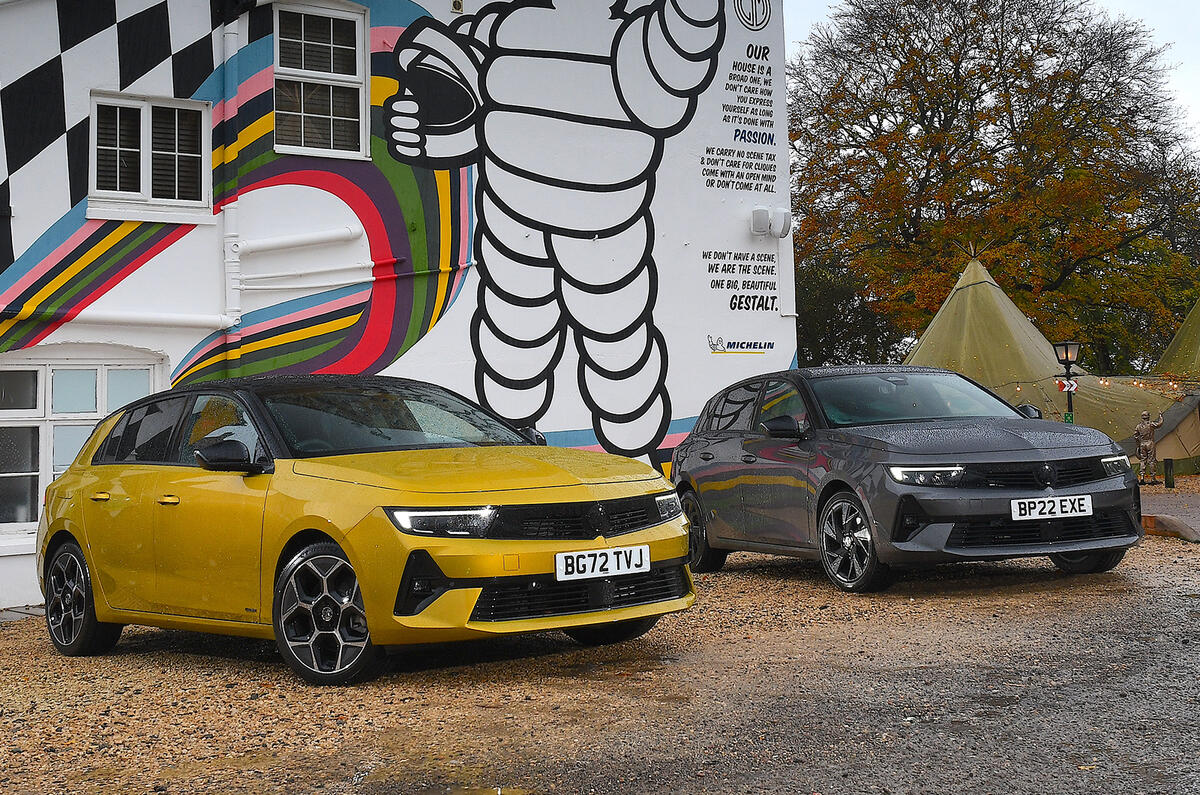
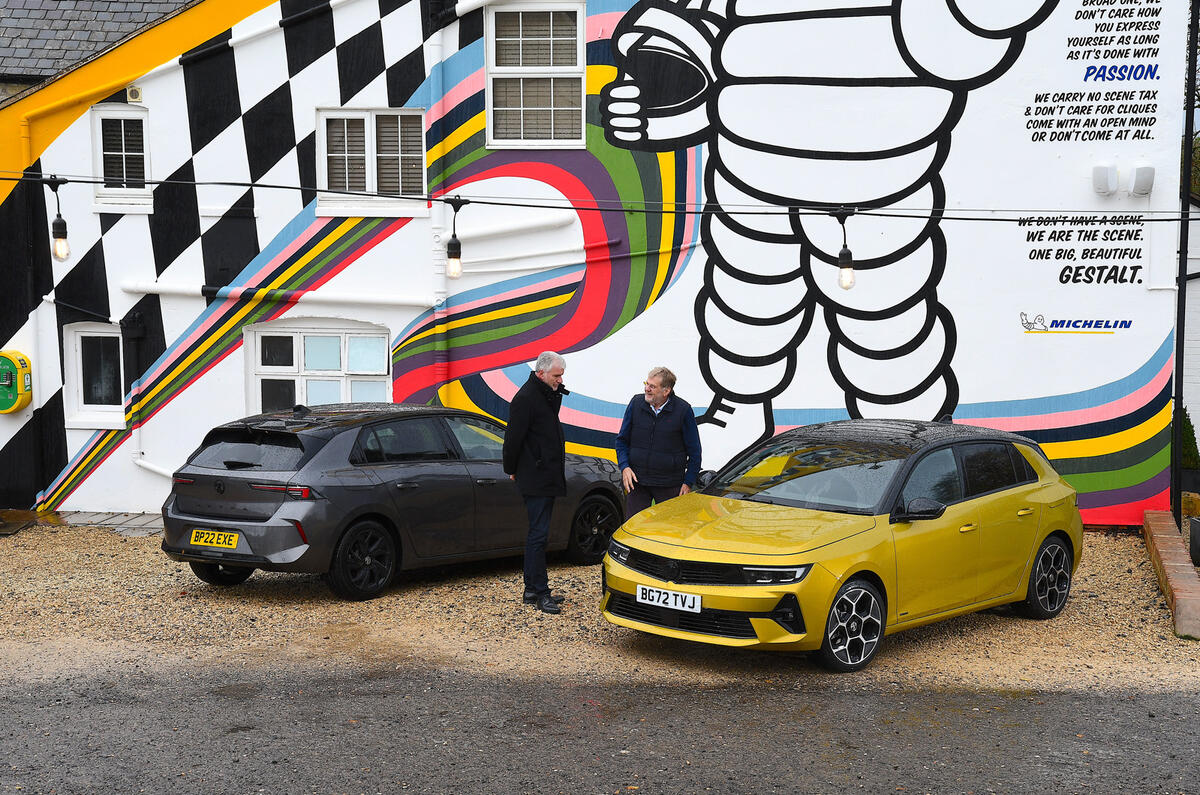
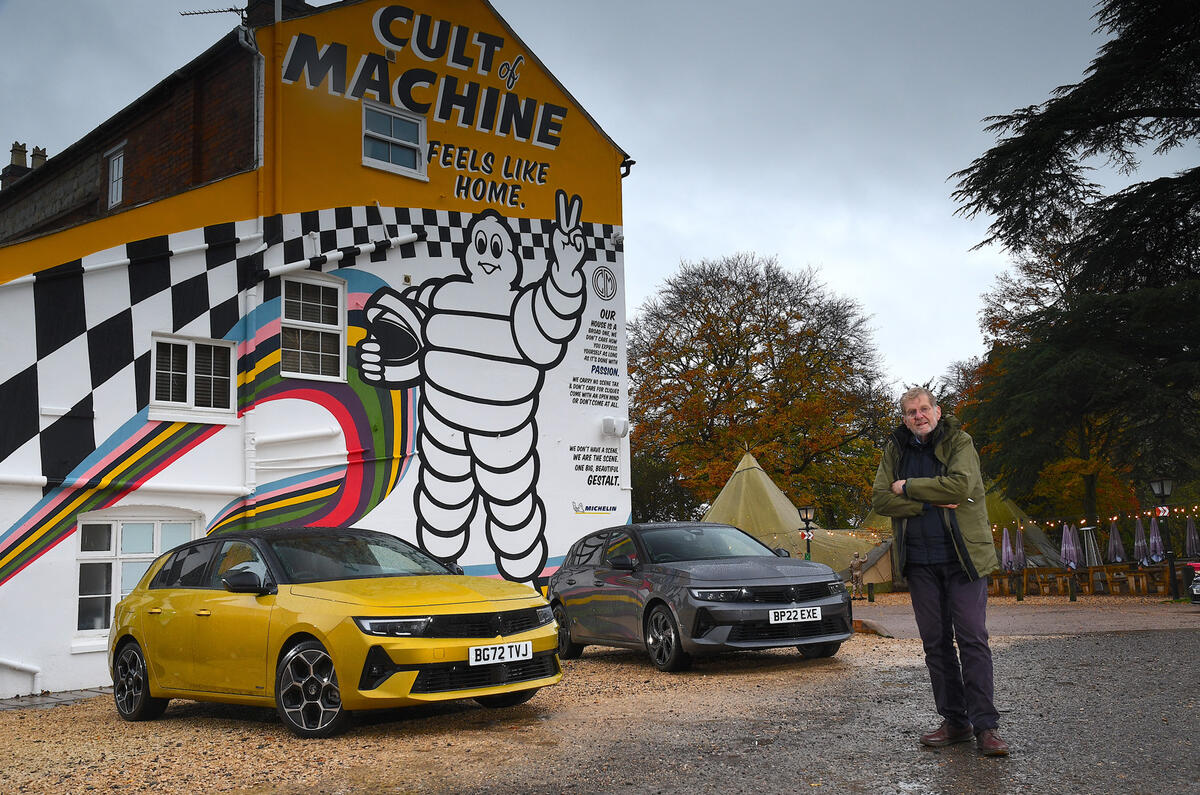
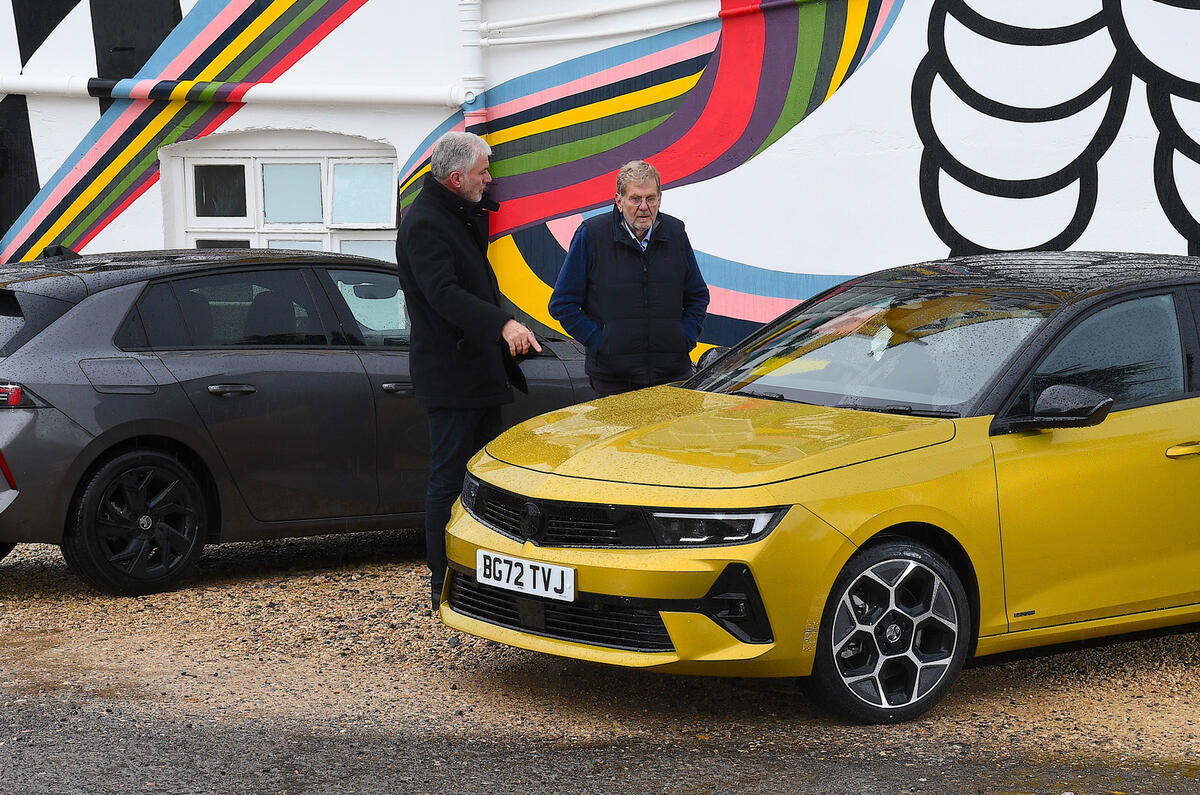
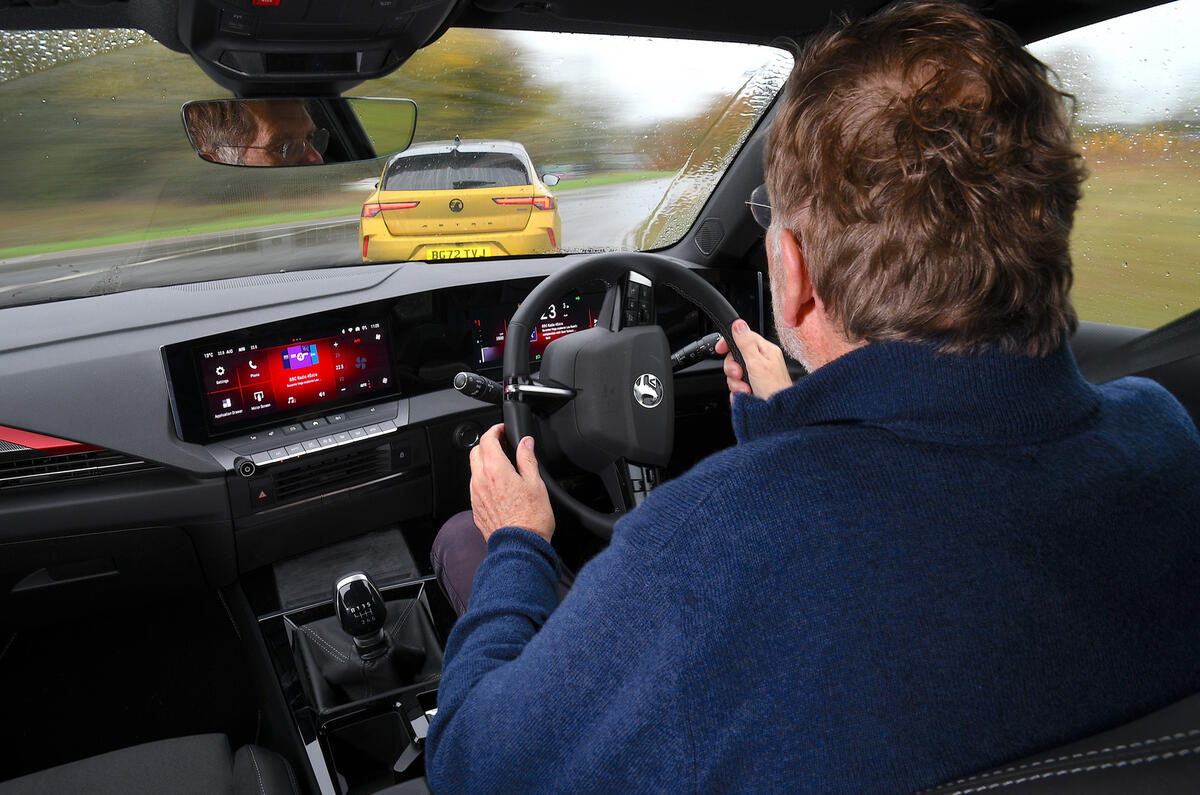

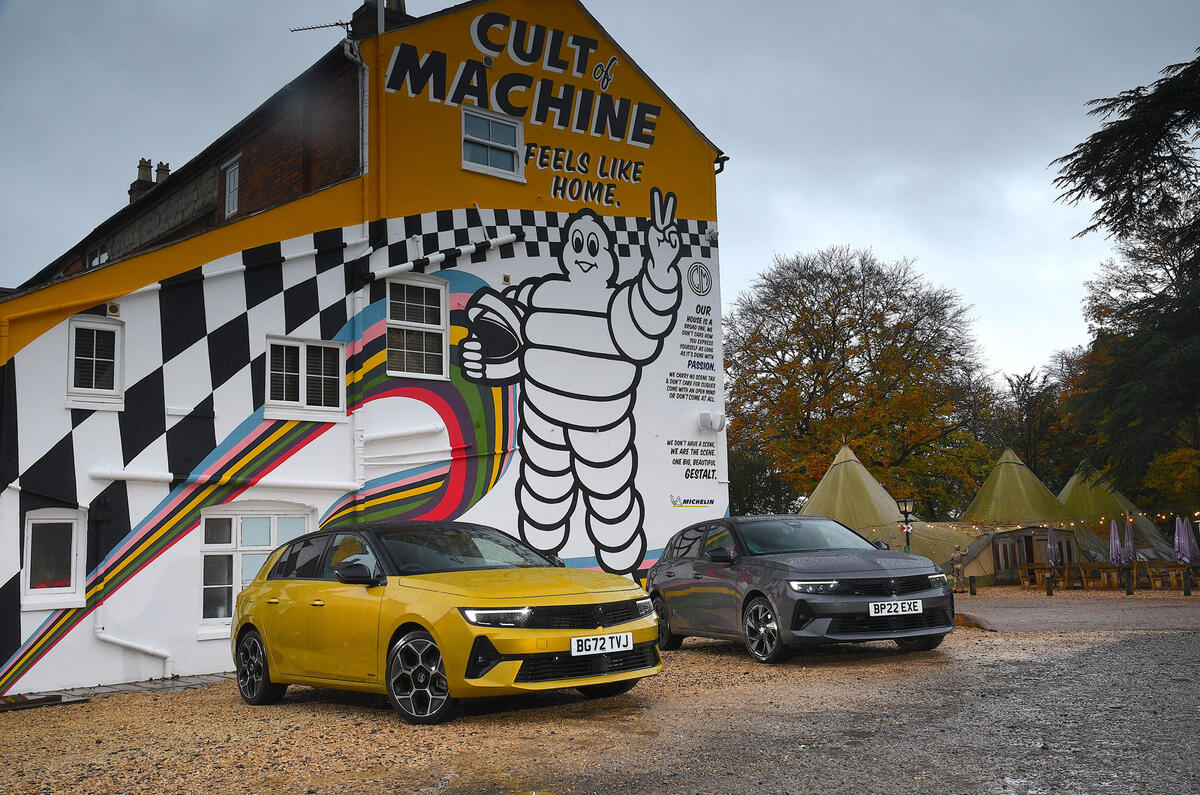
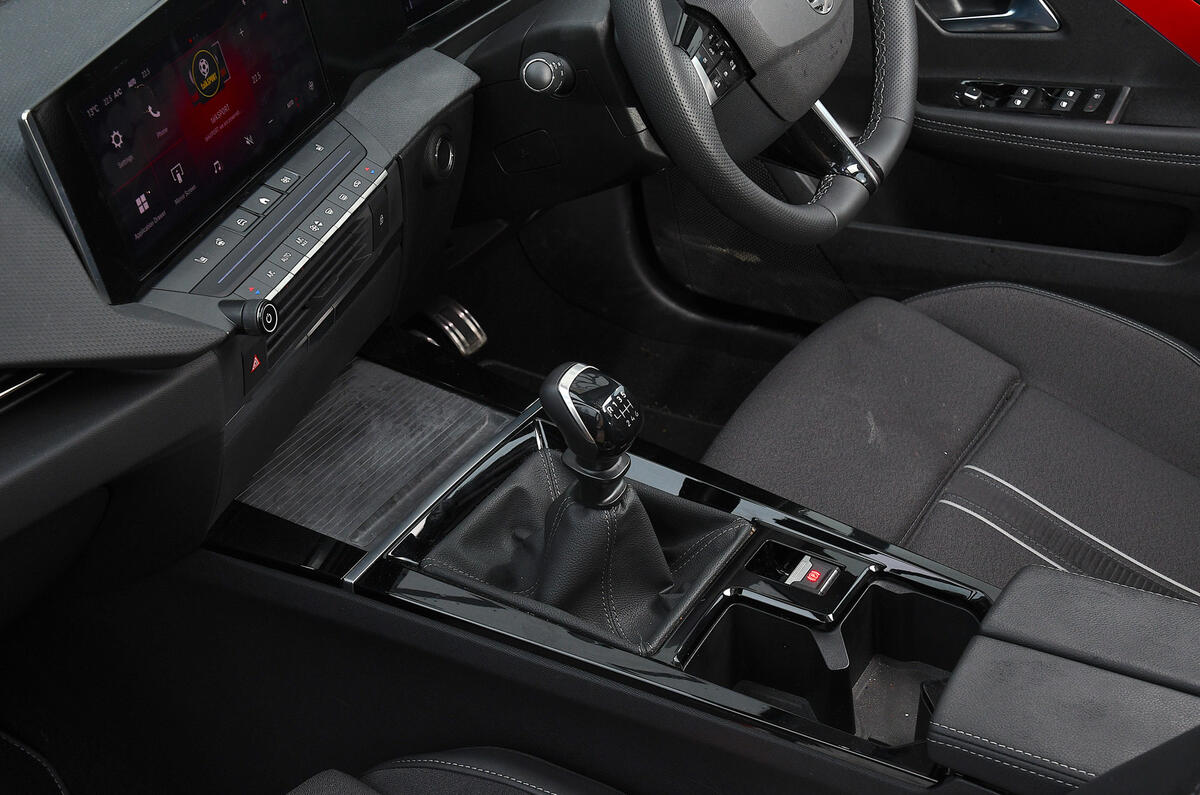
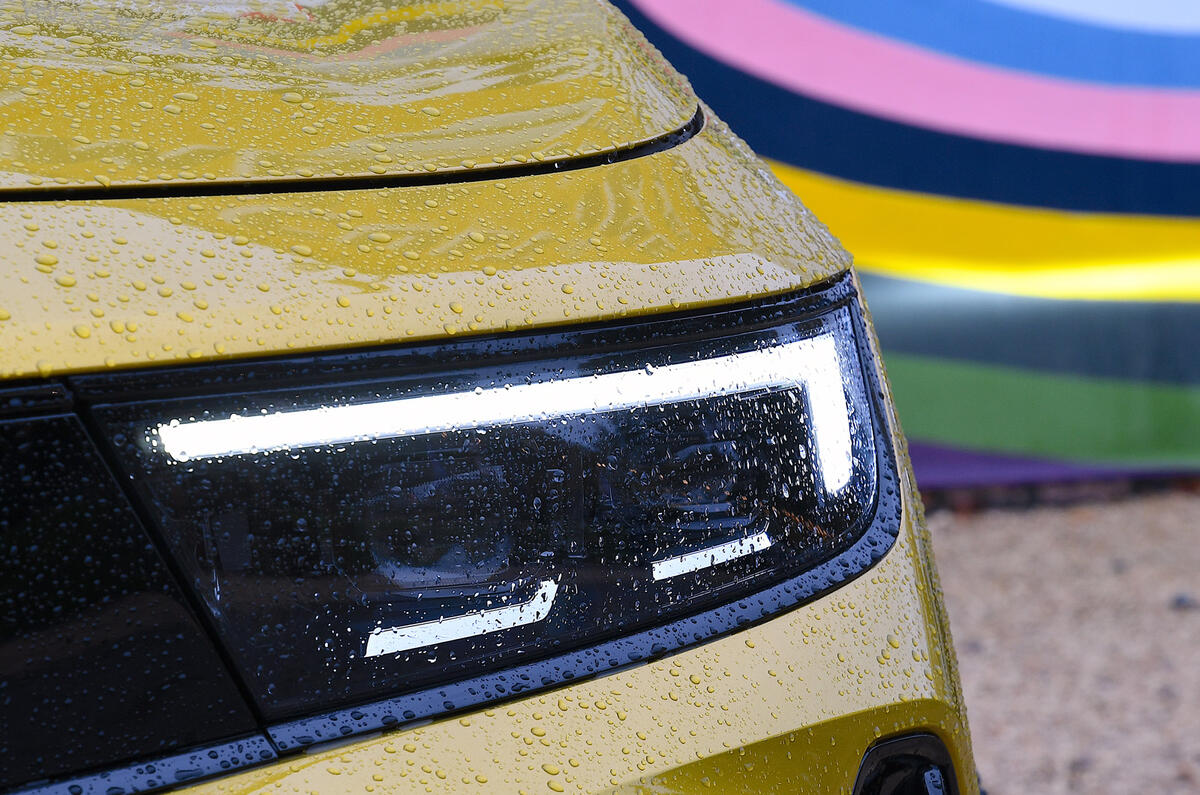
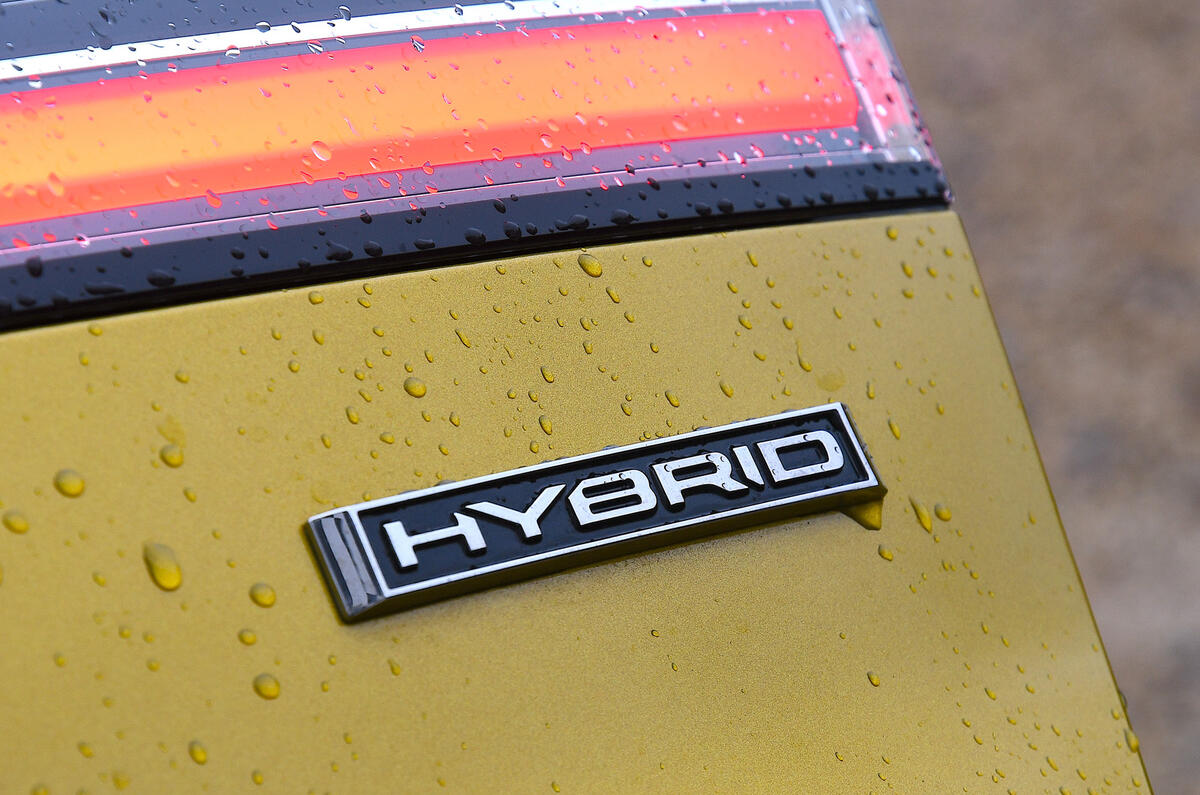
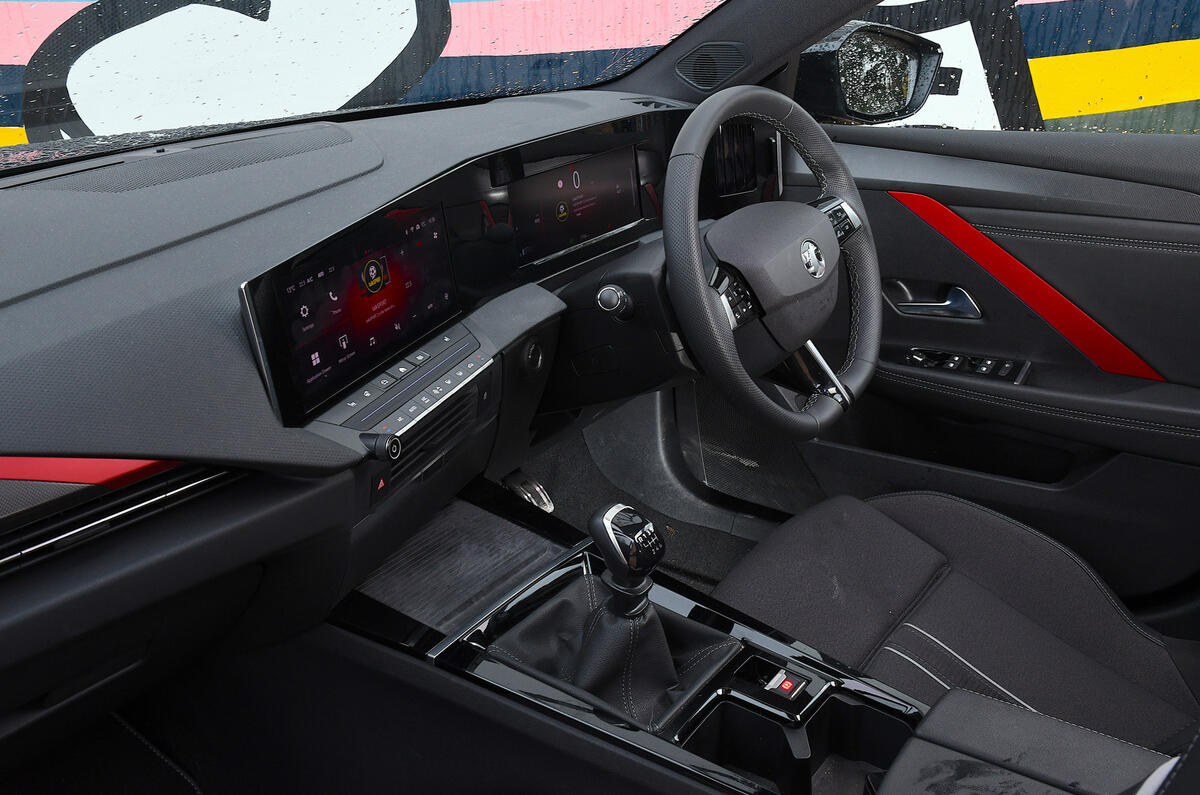
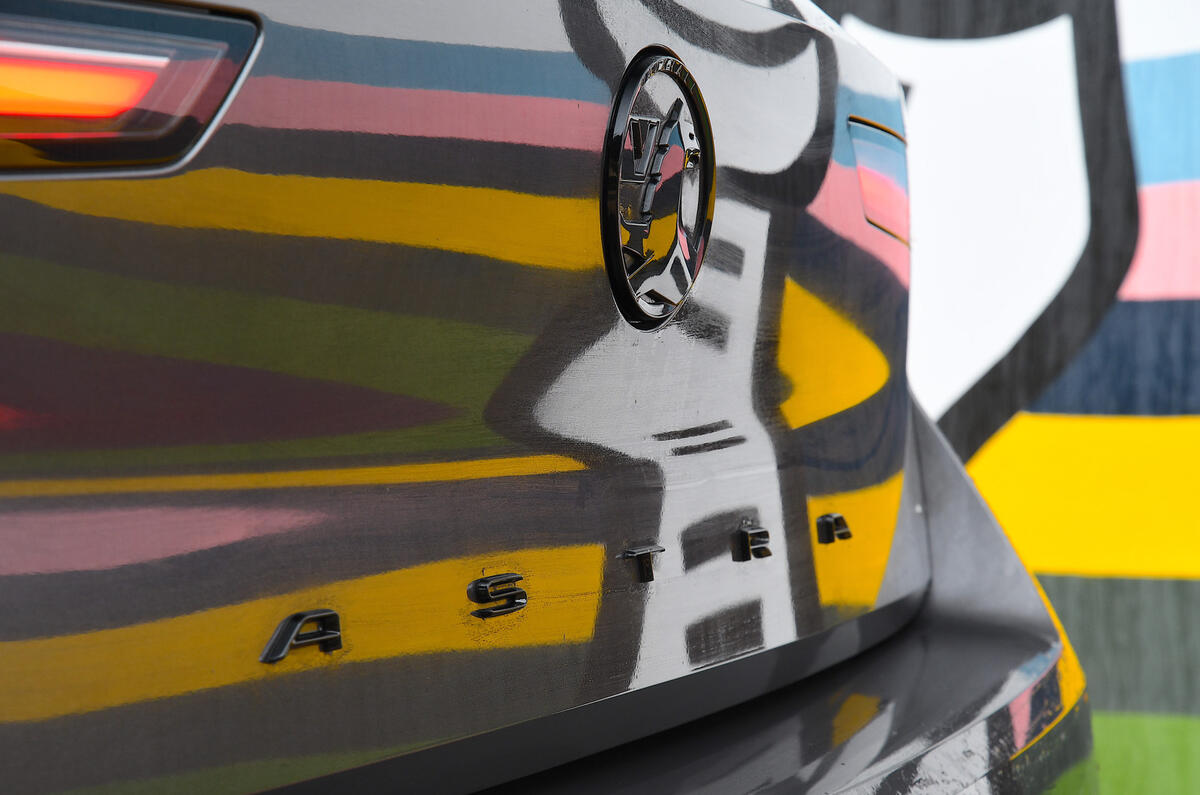
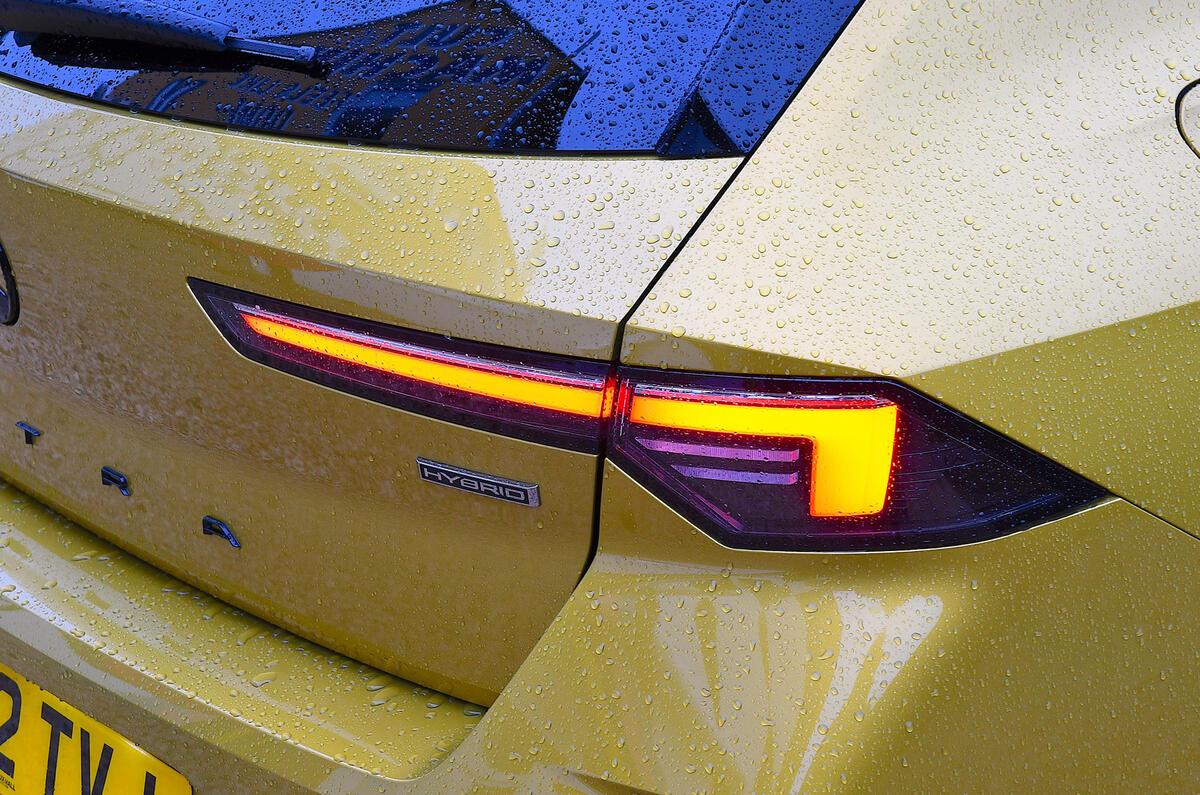
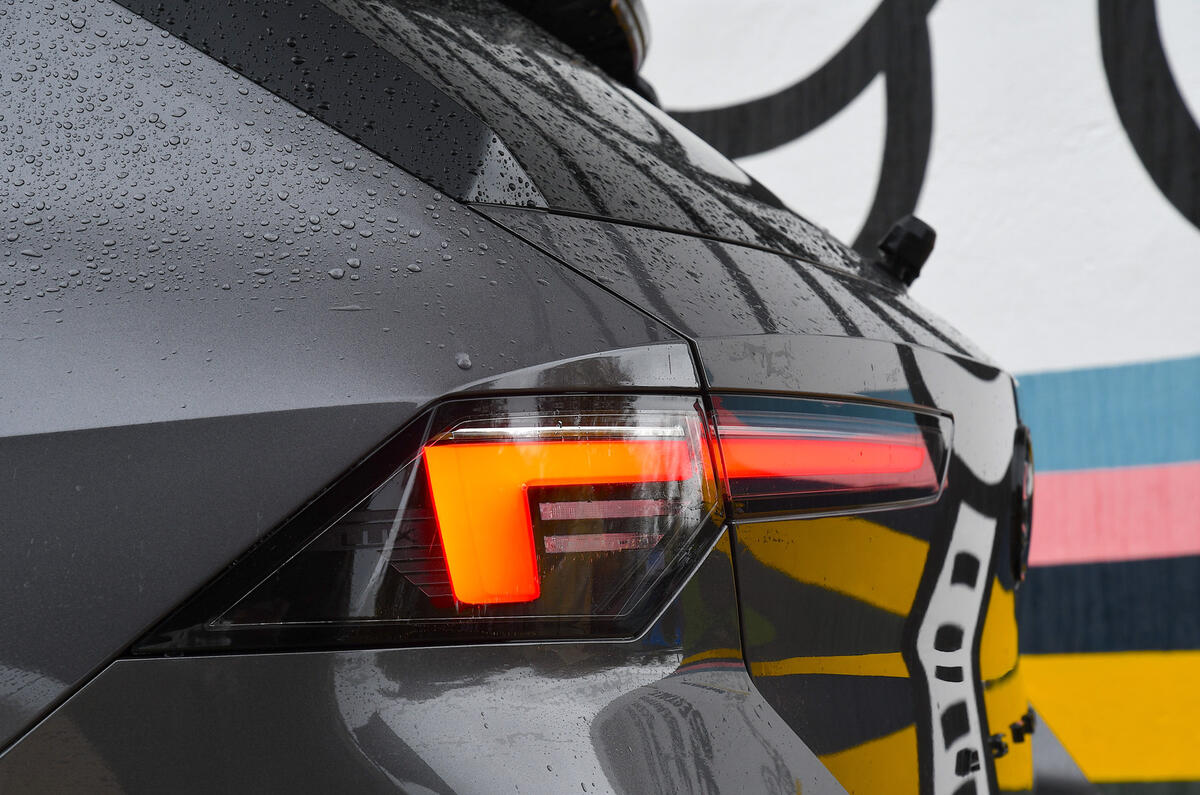
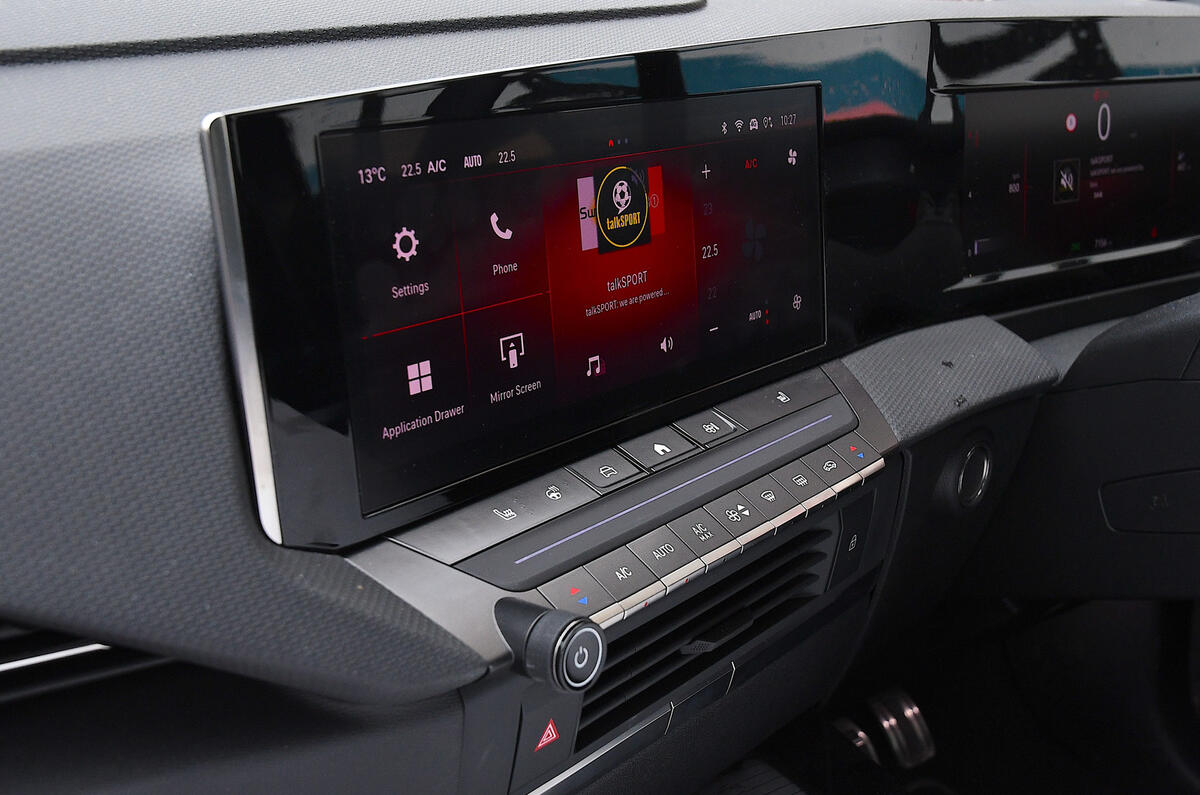

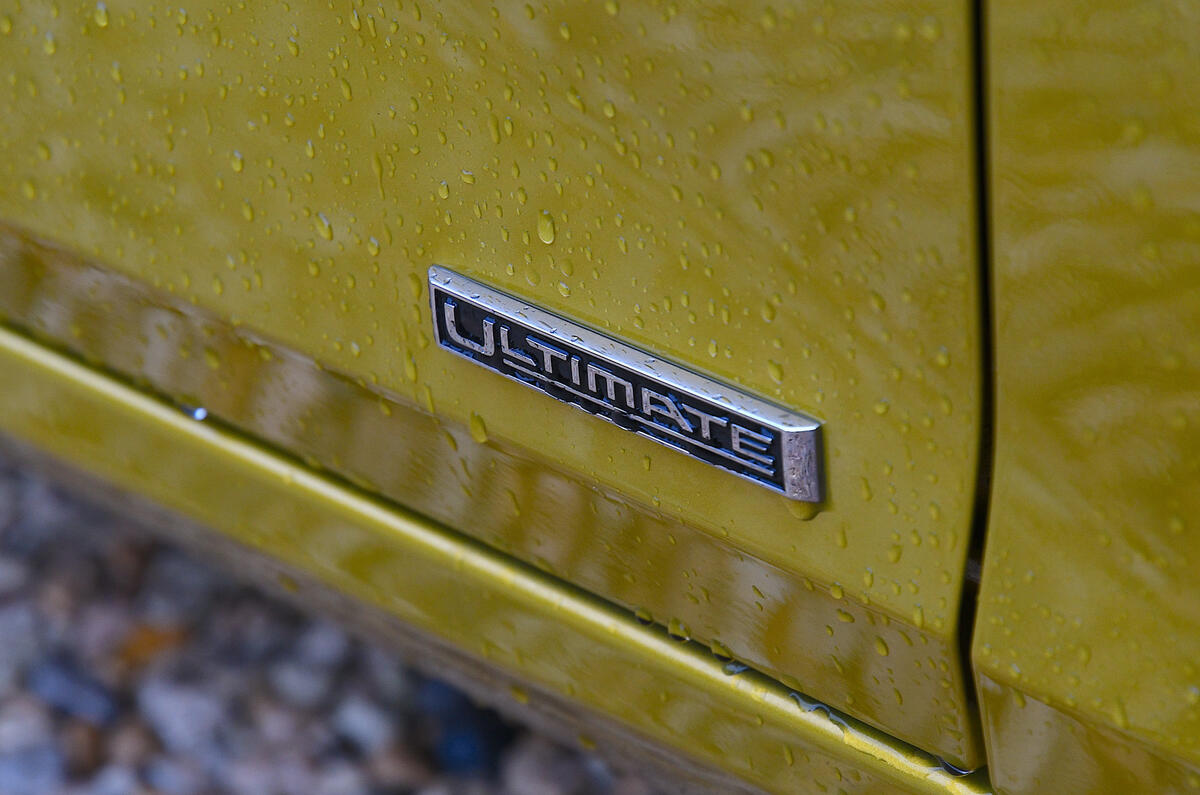
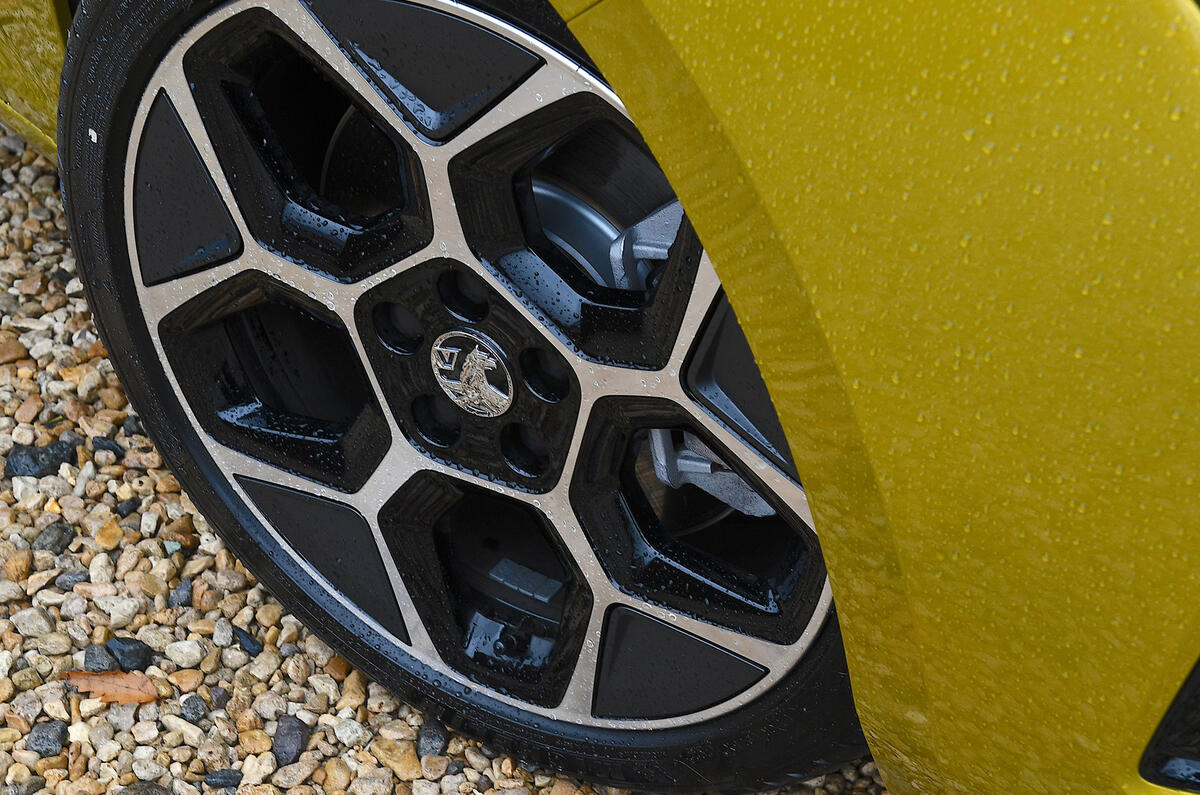



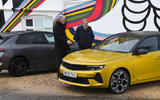



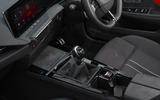


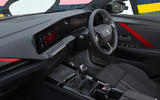

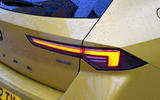




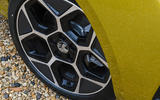


Join the debate
Add your comment
Month 6, the myth of the phev being blown apart, again. 400kg heavier and returns the same mpg as the petrol, and, that's not including the electricity costs so it's actually worse. Good luck getting that 8k premium back for the phev.
Tax dodgers only please.
Having run a 2021 BMW PHEV for more than two years I totally understand the confusion over the equivalant mpg, the frustration of lower winter electric range and the difference between local urban running and longer distance travel.
It can be quite a mental exercise to maximise the electric use of a PHEV (electric running is still cheaper than petrol in equivalanet terms and therefore worth the effort to save day to day running cost).
At times i got over 80mpg equivalent on a mixed journey of 80-100 miles when starting with a fully charged battery. I have also ssen journeys in the mid 40's on motorways at 70mph, when the electric motor gets used very little.
Overall, my car registered an mpg equivalent taking account of electricity costs, of 58mpg (so quite like diesel economy) and the distribution between electric only and petrol distance has been pretty much 50:50
So, recently I have transitioned to a Tesla model 3, mainly due to frutration with the 25-35 mile electric range of the PHEV. I am relishing the over 4 miles per Kwhr as opposed to the average 2.5miles per Kwhr of the BMW battery and the faster charging capability (as well as tax advantages). My running costs are now approximately 7p per mile (calculated on standard tariff of 32p per Kwhr) as opposed to 13p per mile with the PHEV and 18p per mile with my previous petrol BMW.
So, ICE, PHEV or full EV? It's very much pay your money and take your choice at the moment. There is no compelling argument for hybrids or EV's in my view despite the running cost savings, given their higher initial cost and questionable green credentials, (manufacture to recycling) until a further step forward in battery chemistry/technology comes along.
I’ve made42,000usd so far last year working online.I kept hearing other people tell me how much money they can make online so I decided to look into it. It’s really user friendly and I’m just so happy that I found out about it.. .. go to this site home tab for more details……COPY THIS WEBSITE .:)HERE..... www.jobsrevenue.com